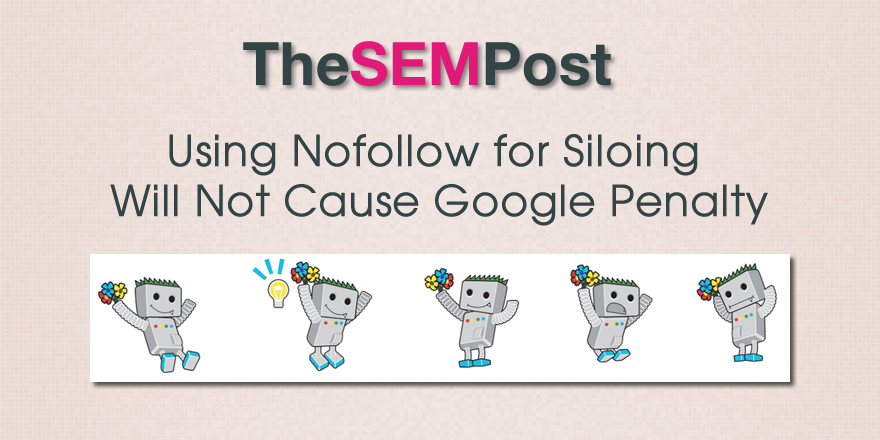 Using nofollow on internal links has been a technique to silo pages within a site for crawl budget reasons. A site owner will nofollow all links to lesser important pages while using followed links on those pages considered more important. The hopeful end result is that Google crawls those more important pages more frequently, while also ranking them higher, as through internal linking they are seen as more important.
Using nofollow on internal links has been a technique to silo pages within a site for crawl budget reasons. A site owner will nofollow all links to lesser important pages while using followed links on those pages considered more important. The hopeful end result is that Google crawls those more important pages more frequently, while also ranking them higher, as through internal linking they are seen as more important.
This tactic was more popular years ago as a technique for funneling PageRank to specific pages, now it comes up more often for crawl budget purposes.
Gary Illyes was asked on Google whether “copious use” of internal nofollow would cause a penalty. The answer is no, but Illyes implies there are better uses of that time.
@ChrisJonesBiz Nah, but if you have time to do that instead of more meaningful things, you're a very lucky man
— Gary Illyes ᕕ( ᐛ )ᕗ (@methode) April 14, 2017
Google has commented previously about the use of internal nofollow, and suggesting for most sites – even with large navigation – that it is not needed. Gary Illyes has said previously that there is never a good reason for using internal nofollow and that it is not the recommended course of action for those dealing with outbound link manual actions either.
That said, for SEOs of large sites, it does have some benefits for crawl budget purposes, although some suggest doing other things to increase the crawl budget overall might be a better use of time as well.